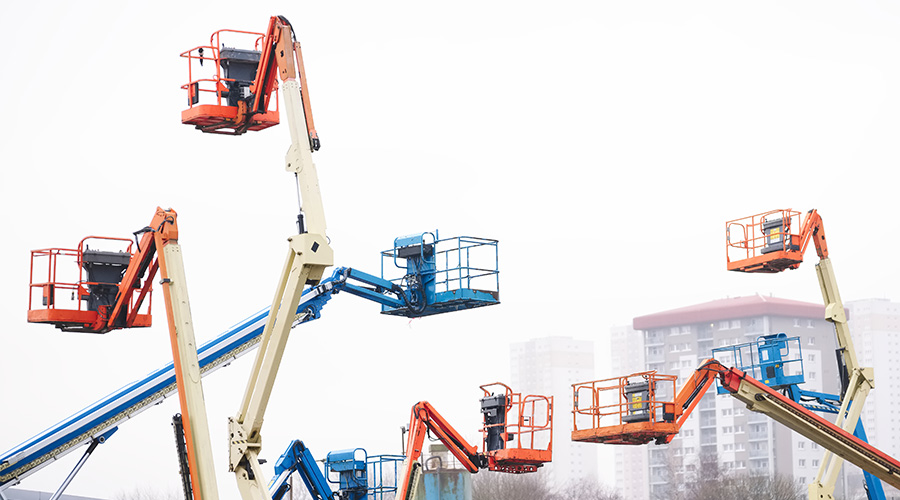Successful Supervision Pays Dividends in Storeroom Operations
Though attention to inventory-management systems and technology can pay dividends, managers seeking greater efficiency should not overlook the role of personnel in streamlining storeroom operation.
A stores attendant — who reports to a materials manager in many large organizations — is responsible for setting up stores and day-to-day stores operation. Setting up includes focusing on location control, which means locating the fastest-moving items closest to the disbursing point — the stores window — to reduce travel time and delays. The attendant also puts a location identification for each item on the item's master. For example, A-1-4 indicates row A, bin 1, fourth shelf from the top.
The attendant also labels each location with the item description and bar code for efficient scanning as the item is removed, then enters item masters into the CMMS database, completing all fields on forms included in the software. Vendors are added to each master from a preferred vendor list supplied by purchasing for requisitioning replacement parts and supplies.
The attendant also maintains logs of CMMS problems during its installation to communicate problems to the software supplier, to control and document fixes, and to record the dates when problems are resolved. Effective operation of the stores system also involves:
- locking the stores to maintain in-and-out inventory control and ensure inventory records are accurate.
- issuing stores items and updating inventory records
- putting away receipts and returns
- ensuring minimum lifting capability; ladder use and fork truck licenses might be needed if the stores attendant has to reach high shelves and move heavy items
- using an attendant-backup plan for those times the attendant is away from the windows receiving shipments, putting away items, updating stores inventory, and changing shifts.
Departments spend a great deal of money organizing stores around insurance items, or what-if inventory, in order to not run out of a key part or spare at a critical time. Sometimes, if a job calls for one part or assembly, the supervisor orders two at the same time so a spare is available for a critical item. The problem here is that a percent of the inventory is on hand for a long time before a technician needs it, bloating the inventory value with slow-moving items, increasing the number of items in inventory, and making spares harder to locate.
Streamlined inventory management that uses just-in-time acquisition and is coordinated with an effective program for predictive and preventive maintenance can eliminate the need for such stagnant and costly materials. For example, the materials manager might want to store the rotating element for a boiler feed pump when the pump is operating fine, just in case it fails someday.
One alternative strategy is to use a vibration analyzer to collect data on the rotating element. By comparing amplitude readings to a general severity chart, the manager can predict when the rotating element will require replacement, then order it just before it will require replacement. Multiply this savings by all the insurance spares languishing in inventory, and it is possible to shrink the inventory substantially without jeopardizing the pump or other equipment availability.
Another example is pipe inventory. Monitoring the pipe wall thickness using non-destructive testing eliminates the need for stocking as much pipe. The manager can order it when corrosion reduces the pipe wall thickness to the minimum for the pressure or corrosive rate it must sustain.
Besides implementing laser scanners and bar codes to track inventory, managers also should consider using radio frequency identification (RFID) tags on new or rebuilt spares stored in remote locations due to a lack of space in the main storeroom. These remote areas might not have neat bins and aisles, just storage space. But if the spares have RFID tags with the location on them, the RFID reader can find a specific spare quickly, eliminating the time required for an attendant to find a 25 horsepower replacement motor with the required speed, design and starting torque specifications. All of this nameplate information, in addition to the motor's repair history, is available on the RFID tag.
Thomas A. Westerkamp is a maintenance and engineering management consultant and president of the work management division of Westerkamp Group LLC.
Related Topics:













